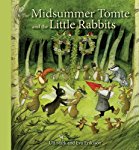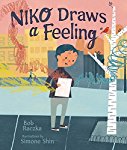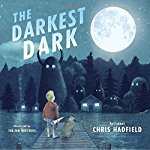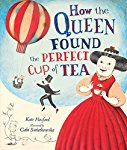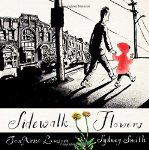I have been an animal lover all my life. When I was very young and living in a small Lebanese mountain village I used to feed the wild tortoises and hedgehogs. I spent hours lying on my belly so that I could watch ants going about their business, and knew where all the tadpole pools and beetle hideouts were. I begged my parents to get me a donkey (after all my friend had one) but they said no and broke my heart.
I still have not had a pet donkey, but a wonderful parade of creatures have been a part of my life. There have been dogs, cats, guinea pigs, Gracie the potbelly pig, Scout and Jemima the ducks, and Nelson, the grumpy one-eyed turtle.
Because I am such an animal mad person I was thrilled to get today's poetry book in the mail. In this book beautiful lines of verse are paired with photographs of wild creatures that could, if we are not careful, become extinct.
Animal Ark
Photographs by Joel Sartore
Poetry Picture Book
For ages 5 to 8
National Geographic, 2017, 978-1-4263-2767-4
We share our planet with a dazzling, remarkable array of
animals. The smallest little beetles with their iridescent wing cases; the
striped tiger, that “grandfather of the hunt;” the elephant with its “giant
stomping feet;” and the tiny beach mouse that goes “scurrying inside dunes” on
little pattering feet. All are marvelous and precious, and all need to be
saved.
In this
remarkable book the gorgeous and vibrant photos of Joel Sartore are paired with
Kwame Alexander’s beautiful, lyrical haiku to create a powerful ode to the
“chorus of creatures” that live on this planet of ours. The photos show us a
bird that dances, a frog that leaps, and tortoises that steadfastly trundle
along carrying their “homes of courage / on humble backs.” We see panda babies
snuggled together, and a bird sleeping with his feathers fluffed. We gaze into
the eyes of a slow loris, which are as “big as two sunsets.” There is the
sweetness of a baby tapir, and the “tiny growls” of a clouded leopard cub.
All these
remarkable living creatures are part of our family, and we are connected to
them in countless ways. With these connections come responsibilities. We must
protect these “secret siblings” that are all too often adversely affected by
our actions. We need to “listen to the earth” and take care of our precious
family before it is too late.
At the back of
this beautiful and memorable book, readers will find notes from the
photographer and the author, information about haiku, and a directory that
gives us the names of the animals shown in the book and the places that they
come from. Each one of these thirty-two species are in peril to a greater or
lesser degree.

